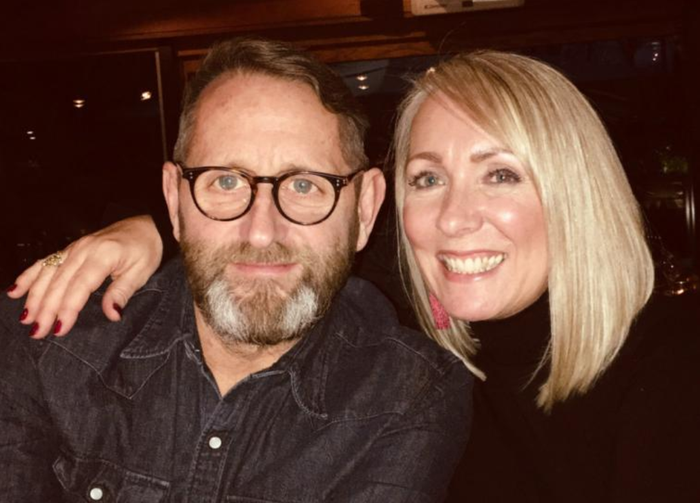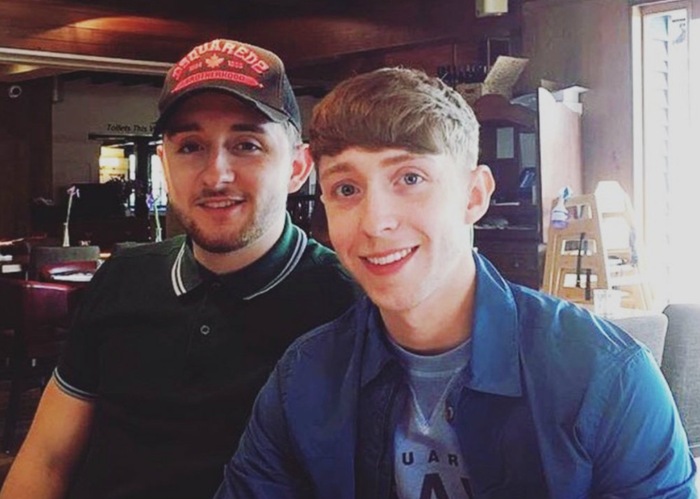Living with a rare disease: Sara’s story
Sara was diagnosed with Waldenström macroglobulinaemia (WM) in 2016. WM is a rare form of lymphoma and only 350 people are diagnosed with it each year in the UK. Now in remission, Sara tells us what it was like having an uncommon and often misunderstood disease.

Sara pictured with her husband
I felt very run down and constantly had a cold
At the beginning of 2016, I felt very run down. I constantly had colds, flu, sinusitis and felt extremely tired. I visited my GP and discussed my symptoms. Because of my age (48), I was told I may be premenopausal!
I grudgingly accepted this. I began to long for the warm summer months to improve my health and wellbeing. However, by April or May of that year, I had a recurring eye infection. After a few more GP visits and several doses of antibiotics, I was advised to have a routine blood test to check for anaemia.
The news was totally unexpected and shocking
August 2016 is a month I’ll never forget. My blood test results showed I have a rare form of non-Hodgkin lymphoma called Waldenström macroglobulinaemia (WM). It’s a slow-growing lymphoma that affects the plasma cells.
I was terrified. I’m not even sure if I’d heard of lymphoma, let alone WM. I was extremely confused and didn’t understand all of the medical terms. My initial response was “how will we tell the boys?”.

Sara's sons, Liam and Ollie
To get my head round it what was happening to my blood, I tried to read as much as possible. Bloodwise's information and support was very helpful. It made it easier to explain WM to my family and friends.
WM doesn’t always show obvious symptoms, other than extreme tiredness, dizziness, nosebleeds, bleeding gums and night sweats. I had all of these, but most of these are also symptoms of the menopause!
Because WM is a rare disease which affects so few people, I felt very isolated. In fact, I still do.
I found Instagram useful to connect to people. I follow other people with cancer and we share our stories with each other. I’m in awe of their strength and determination to raise awareness of what they’re going through.
36 sessions of chemo
I had many more blood tests, a CT scan, a plasma exchange and two bone marrow biopsies to determine what kind of treatment I should receive. I then endured 36 sessions of chemotherapy and Rituximab treatment. This lasted 16 months. In March 2018, I had my last session. After a further bone marrow biopsy, CT scan and more blood tests, I was advised that the chemo has done its job.

I'm now in remission. WM is an incurable blood cancer but can be maintained to a certain degree and with the right treatment.
2018 was full of celebrations: the end of my treatment, being in remission and my 50th birthday, which I spent in Ibiza with 18 of my close friends and family (pictured above).
This March will mark my first full year of remission (cue more celebrations!). I generally feel well and healthy. I'm eating as healthily as I can and have now taken up Pilates to ease any aches and pains from the chemo. I’m taking each day as it comes and enjoying every moment with my lovely family and close friends.

Talk to other people affected by blood cancer
Hear from and connect with people who understand.
